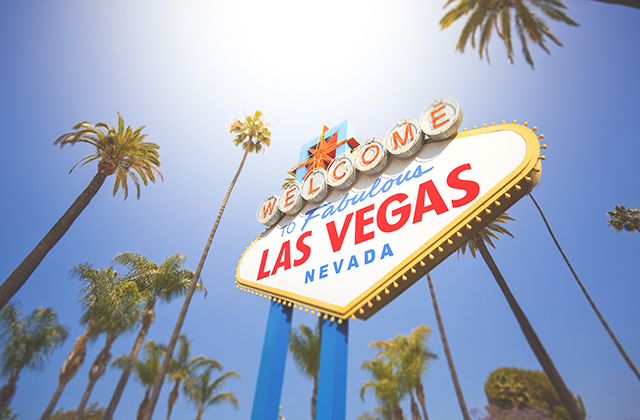Enamel Sign Origins
Porcelain signs also called enamel signs were used at the beginning of the century up until the 1970s for advertising because they were durable and weather resistant. Plastic signage replaced the enamel petrol signs and porcelain oil signs as a less expensive form of advertising. Put your company on a sticker and let your business be noticed that what our Absolutesignsolutions.com.au stickers Sydney have been working it out in the past years.
In about the 1890’s, enamel gas station and porcelain petrol and oil signs were imported from Germany where they were manufactured. In order to make an enamel advertising sign, heavy iron was rolled into sheets and cut into various shapes. Thin layers of powdered, colored glass were fused on to the iron sheets. Layer by layer the glass was fused to make the signs durable and highly colored.
The brightly colored signs often had artistic and bold graphics to attract customers. The signs could be hung on walls, outside or inside, they could be placed on hinged stands so that both sides could be read by passers by. These signs, including petrol signs, were attractive and eyecatching. Advertisements would include soda pop, candy bars, cigars, gas, oil, automobiles, tires, railroad stations and telephone booths. Street signs and road signs were also made this way and vintage street signs and road markers are another fun collectible and hobby. Collectors of enamel petrol signs also collect “petroliana”. Petroliana is a term for the glass gas pump signage, oil cans, gas station thermometers (often called “lollipops”) and other gas station memorabilia that is highly sought after.
Workers from Germany came to the United States in the twentieth century and production of these signs took place in the states. Bold graphics and bright hues made these signs recognizably American. Coca-Cola is one of the most recognizable logos that was often displayed on porcelain advertising signs. Steel soon replaced the iron in the United states sign manufacturing process.
Why Gas Signs and Oil Signs are Popular
The bold graphics make these signs highly collectible and a joy to collectors. It was World War II that made these signs hard to come by. The signs were melted down and used for their base metal in an effort to support the war.
While gas station signs, gas logos and oil signs are the most sought after when it comes to collecting enamel gas station signs, it is important to remember that bigger is not always best. A large porcelain sign may be the same price as a small sign from a long extinct gas station. Large porcelain signs are hard to hang and may often be in worse condition due to the fact that they were hung outdoors.
Petrol signs, or gas signs and anything to do with automobiles, car parts gas and oil is the most collected porcelain signage. Country store enamel signs like food advertisement signs run next but petrol collectors are seriously competitive. Petrol gas sign collectors will spend the big bucks for a mint gas or oil sign and this is why the prices in this collectible arena run so high.
Signs like enamel vintage petrol signs are widely collected because they are American history, a symbol of our past, they represent business and products that we have fond memories of but may no longer be made. They display nicely and easily and they just plain look fantastic because of their colorful and bold nature.
Often collectors of petrol signage collect because of a memory associated with the signage or they may work in the car industry. A mechanic, salesman or repairman may have a deep association with the gas and auto signs, like a Ford dealership sign if the collector sells cars, and this association spurs on the collection.
What to Look For When Collecting Enamel Petrol Signs
When it comes to porcelain signs, often it is wise to use your best judgement. Does the sign appeal to you? Is it in good condition? Are you familiar with the logo or brand? Is the logo or brand extinct or out of business? A yes to any of these questions may lead you to the purchase of an excellent enamel gas or oil sign.
You can also look for two things; crazing and a flange. Crazing is when the sign has small cracks or fissures in the glazing. Crazing can dull a finish and make colors look less bright. Small amount of crazing and wear is to be expected but large amounts should be shied away from. Flanged signage is when the sign is bent at a side and may have holes in the bend. This allow for the porcelain gas pump sign to be hung up on a wall or a bracket. A flange does not necessarily add value but it is something to look for. Also, look for rust and condition when you come across an enamel advertising sign that you are thinking about adding to your collection
Logos that are popular are Mobil, Texaco and Gulf. Mobil was founded in 1920. The Mobil brand is highly collectible because of its flying red Pegasus logo. Look for Mobil signage, oil cans, gas globes, containers and paper advertisements. Texaco is memorable for its red star logo and has brands produced under its name like Fire Chief, Indian,and Havoline. Gulf, the familiar round orange logo with blue lettering, is popular for items like gas glass globes, gas pumps, oil bottles and cans, tin and porcelain signs.
For more information about collecting quality vintage get in touch with our guys.

